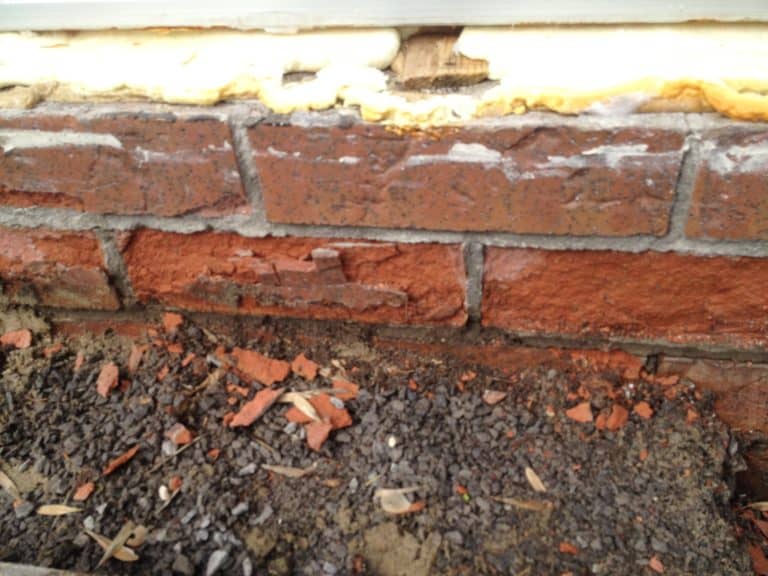The Evolution Of Masonry
Masonry is arguable the oldest profession in the world, and the philosophy behind it has remained unchanged for thousands of years.
Until now…..
In the traditional school of masonry the principle is that masonry units are porous. They have holes and this is important. Masonry walls were not designed to be watertight, but actually had somewhat of a “swiss cheese” matrix on the inside which allowed water to penetrate into the stone, brick or mortar and then evaporate outwards. This ensured masonry materials were the ultimate exterior cladding for walls. Strong, long lasting materials that would be able to cope with the elements.
This has all changed with the advent of modern building practices. In just in the last 30 years, the clock has been turned back on centuries of masonry evolution.
The core principles now are the opposite. Instead of masonry units being porous; they are glazed like tiles to make them watertight. The idea is to create an impervious barrier for moisture, put layers of plastic behind the wall, add weep holes everywhere and extra flashings. Bricks are compressed so firmly that they are virtually impermeable and many modern buildings are being erected using special concrete bricks.
Is this really a better way?
No. Allow me to explain.
Firstly, we have lost many masonry secrets to the sands of time. The traditional master masons have long since died and taken their secrets with them, and now the profession is dominated by architects, designers, and suppliers.
An old brick house copes with the elements. When it rains, the exterior brick walls will suck up all the moisture like a sponge into the porous brick. The old lime based mortar is porous too, and it absorbs its fair share of water. A stone foundation is 2 feet thick with a grouted core between the inner and outer walls, and it its virtually impossible for water to permeate through the entire thickness. The water goes into the masonry, and then evaporates out. This is how it was designed and this cycle is repeated year after year.
During the winter water can be trapped in the pores of the bricks and will expand after freezing, but herein lies the beauty. The pores are big enough to allow for expansion and contraction without breaking the brick apart. Only if the units are completely saturated do problems occur. Water goes in, evaporation goes out, year after year.
The modern school of masonry tells us to make bricks impermeable so no water gets into the structure. The mortar is dense and non-porous. Behind the wall is plastic building wrap. The problems occur water does penetrate.
It’s game over.
The matrix of the brick is so tight that any amount of freezing will explode the bricks apart. Water trapped behind the wall never evaporates because of the plastic, so it just sits inside the wall, rotting the framing and growing mould. The concrete units which are so popular have different expansion and contraction rates as the mortar, so hairline cracks start forming immediately as the dissimilar materials try and co-exist.


We are seeing weep holes being used more and more. Weep holes are are useful to allow ventilation inside the wall and to drain any trapped moisture outwards. However, they are not as effective as one would think, since typically there are mortar droppings blocking the weep holes in the wall cavity from when the wall is constructed. This reduces or eliminates their effectiveness.
Traditional construction methods are simple, but effective and resilient.
Modern construction is complex, manufactured and delicate.
Traditional masonry has only a few colours, usually red, yellow and grey. The beauty lies in the beautiful arches, quoins, mouldings and corbels that the masons construct to showcase their talents.
Modern masonry construction has hundreds of different design options, almost unlimited colours, materials and textures to choose from. The architect and designers can show their creativity with the finished product.

